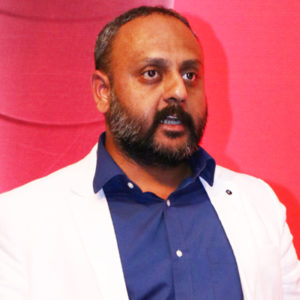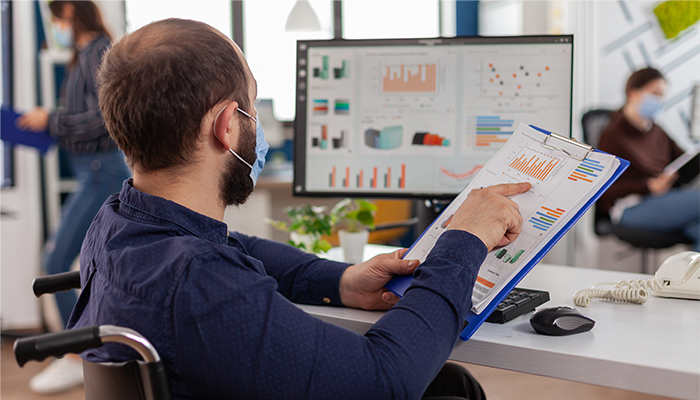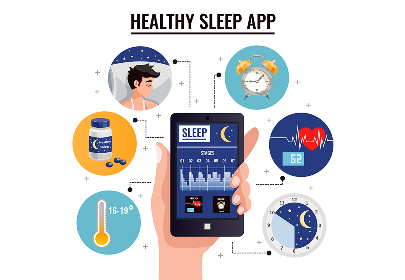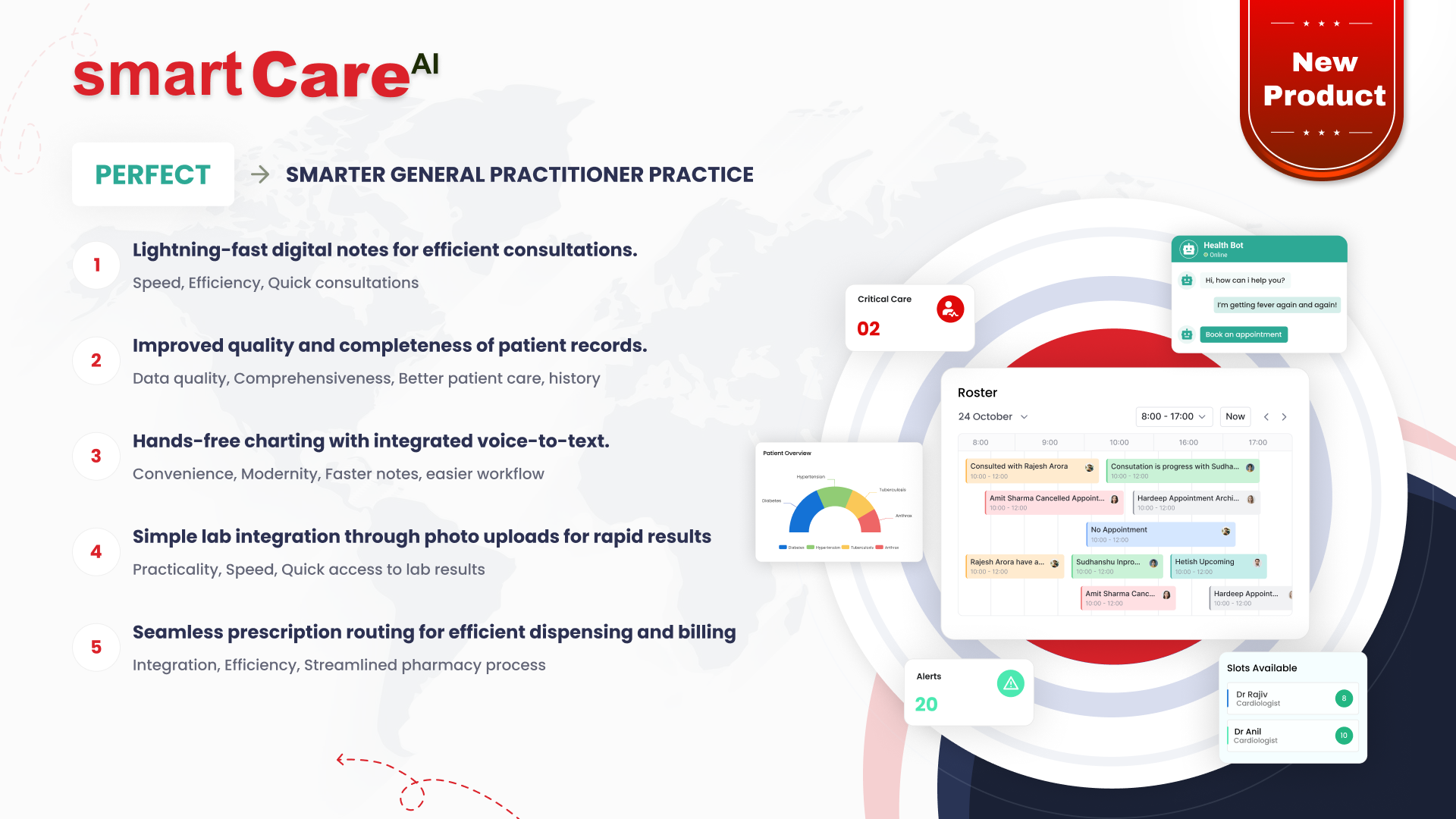Posted On June 9, 2025
A Deep Dive into a Successful Healthcare AI Implementation: Wound Detection with Computer Vision
One of our most meaningful applications of AI in healthcare has been the development of an AI-powered wound detection system. Built using computer vision and TensorFlow’s custom object detection API, this tool brought real outcomes to the frontlines of care.
The Problem
Wounds like pressure ulcers and diabetic foot ulcers can be tricky. Identifying them accurately — across stages and types — is a time-consuming, often inconsistent process. That means longer hospital stays, higher costs, and, most importantly, delays in proper care.
The Goal
To automate wound detection and classification from patient images so nurses and doctors could benefit from fast, consistent assessments right at the point of care.
Our Approach
Data Collection
We partnered with hospitals to gather a diverse set of de-identified wound images, covering various types and stages.
Annotation
Using LabelImg, we annotated thousands of images with bounding boxes to train the model with precision.
Model Training
We trained a custom object detection model using TensorFlow, selecting MobileNetV2 as the backbone. It offered the right balance between performance and efficiency—perfect for mobile and edge deployments.
Validation
The model achieved a mean Average Precision (mAP) of over 85%, and maintained consistency across skin tones and lighting conditions.
Workflow Integration
The real test was in the clinical setting. The tool was deployed through a mobile app used by nurses during rounds. All they needed to do was take a photo—the app did the rest:
-
Identified the site of the injury
-
Measured the wound size in real time
-
Suggested the wound stage (Stage I–IV)
-
Submitted the results directly into the hospital’s EHR via secure API
Privacy & Compliance
Every part of the process was designed with patient privacy in mind. All processing happened on-device or through encrypted APIs. No image was stored without explicit patient consent. The solution is HIPAA-compliant and aligned with local data protection regulations.
The Results
-
Documentation time reduced by a factor of three
-
A 30% improvement in tracking accuracy
-
A significant drop in interclinician variability in wound assessment
Why It Worked
This wasn’t just about building an AI model. What made this project successful was the alignment between a real clinical need and a well-designed solution. It came down to:
-
A clearly validated use case
-
Close collaboration between AI engineers, wound care specialists, and IT teams
-
A lightweight, explainable, privacy-first model
-
Seamless integration into clinical routines
Final Thought
AI in healthcare isn’t just about innovation—it’s about impact. This wound detection system is proof that with the right data, tools, and teamwork, AI doesn’t just improve workflows. It helps people heal.








